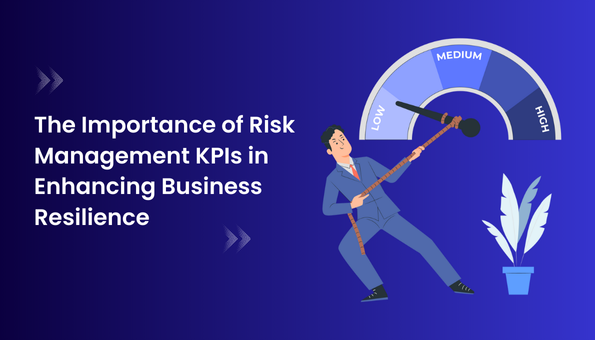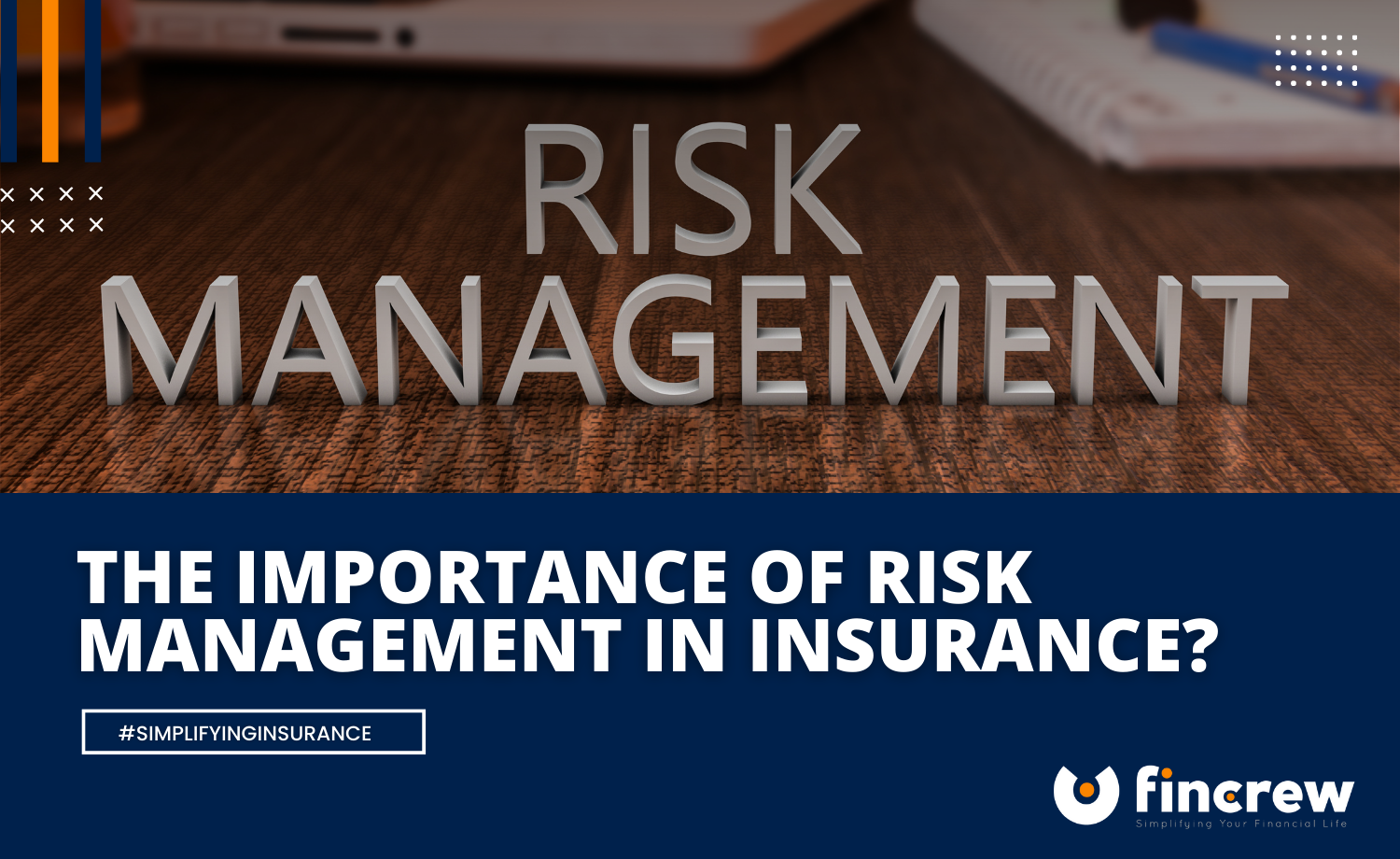The Strategic Importance of Risk Management in Building Market Advantage
The Strategic Importance of Risk Management in Building Market Advantage
Blog Article
Exploring the Importance of Risk Management for Effective Decision-Making Approaches
In the complex globe of business, Risk Management emerges as a crucial aspect in the decision-making procedure. The capacity to identify potential dangers and possibilities, and strategize appropriately, can mean the distinction in between success and failure.
Comprehending the Principle of Risk Management
Risk Management, a crucial component in decision-making, is often misinterpreted or oversimplified. Generally, it describes the identification, examination, and prioritization of threats to reduce, check, and control the possibility or effect of unfavorable occasions. However, it's not merely concerning stopping negative results, yet additionally about acknowledging potential chances. Risk Management includes disciplined and organized approaches, utilizing information and informative analyses. It calls for a thorough understanding of the company's context, goals, and the prospective risks that can combat them. From monetary uncertainties, legal responsibilities, critical Management errors, to crashes and natural catastrophes, it deals with numerous threats. Significantly, effective Risk Management is not stationary; it's a constant, progressive process that develops with changing scenarios.
The Function of Risk Management in Decision-Making Processes
In the realm of calculated planning and service operations, Risk Management plays an integral function in decision-making procedures. It aids in determining possible threats and uncertainties that can affect the accomplishment of organization objectives. By tracing these risks, companies can develop approaches to alleviate their influence, making sure organization continuity and stability. Risk Management therefore ends up being an essential tool in decision-making, helping leaders to make educated selections based on a detailed understanding of the threats involved. It encourages a positive approach, allowing organizations to prepare for and prepare for possible future situations. This significantly reduces the possibility of unfavorable effects, advertising extra reliable and reliable decision-making methods. Risk Management offers as an important part in the decision-making processes of any type of company.

Just How Risk Management Boosts Strategic Preparation
In the context of tactical planning, Risk Management plays a pivotal duty. Launching with the identification of potential threats, it additionally extends to the implementation of Risk mitigation actions. The function of Risk Management is not static yet vibrant, as it requires continuous monitoring and adjusting of strategies.
Recognizing Prospective Risks
Implementing Risk Mitigation
Having established the importance of identifying prospective risks, the following action Going Here is to check out Risk reduction. This process includes establishing and carrying out methods to handle determined risks effectively. It is an important element of tactical planning as it enhances decision-making by minimizing potential adverse end results. Risk mitigation techniques can range from Risk evasion, Risk transfer, to run the risk of reduction. Each strategy should be tailored to the specific Risk, considering its possible effect and the organization's Risk resistance. Reliable Risk mitigation calls for a deep understanding of the Risk landscape and the prospective effect of each Risk. This understanding enables companies to focus on threats and designate resources efficiently, making sure that one of the most considerable risks are dealt with first.
Surveillance and Changing Strategies
Though Risk reduction is a critical action in strategic preparation, constant monitoring and change of these methods is equally vital. This continuous process permits organizations to determine new threats and reassess existing ones, guaranteeing the applied techniques continue to be effective in the ever-changing service environment. It also gives an opportunity to examine the why not check here success of the Risk Management actions, enabling adjustments to be made where essential, additional improving strategic planning. Reliable monitoring and change need the usage of analytics and essential efficiency indicators (KPIs) to measure performance. These tools supply valuable data-driven insights that can notify tactical decision-making. Therefore, surveillance and adjusting Risk Management strategies is an essential part for boosting a company's resilience and strategic preparation.
Case Researches: Effective Risk Management and Decision-Making
In the world of company and financing, successful Risk Management and decision-making usually act as the columns of flourishing business. One such entity is a multinational oil business that reduced monetary loss by hedging against varying oil prices. In another circumstances, a technology start-up prospered by determining and accepting high-risk, high-reward techniques in an unstable market. A worldwide financial institution, confronted with regulative uncertainties, successfully navigated the situation through proactive Risk assessment and dynamic decision-making. These situations highlight the value of sharp Risk Management in decision-making procedures. It is not the absence of Risk, yet the Management of it, that typically distinguishes successful firms from unsuccessful ones. These cases emphasize the vital role of Risk Management in strategic decision-making. importance of risk management.
Devices and Methods for Effective Risk Management
These devices, such as Risk signs up and warmth maps, help in recognizing and assessing potential risks. Risk response techniques, a crucial element of Risk Management, involve accepting, avoiding, moving, or mitigating threats. With these strategies and devices, decision-makers can visit site browse the facility landscape of Risk Management, therefore facilitating informed and effective decision-making.
Future Patterns in Risk Management and Decision-Making Techniques
As we check out the vast landscape of Risk Management, it becomes obvious that the techniques and devices used today will proceed to progress. The concept of Risk society, where every member of a company is conscious and involved in Risk Management, will certainly gain more prestige. These fads proclaim a more proactive and comprehensive approach towards Risk Management and decision-making.
Final thought

Risk Management hence comes to be an essential device in decision-making, aiding leaders to make enlightened selections based on a thorough understanding of the dangers included. Risk mitigation strategies can range from Risk evasion, Risk transfer, to take the chance of decrease (importance of risk management). Effective Risk mitigation requires a deep understanding of the Risk landscape and the prospective impact of each Risk. Risk response approaches, a crucial component of Risk Management, involve approving, preventing, transferring, or mitigating threats. The idea of Risk society, where every member of a company is conscious and involved in Risk Management, will certainly acquire extra importance
Report this page